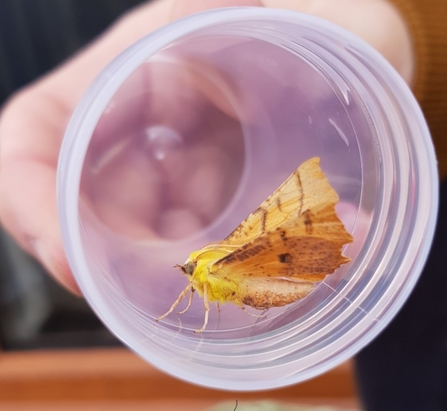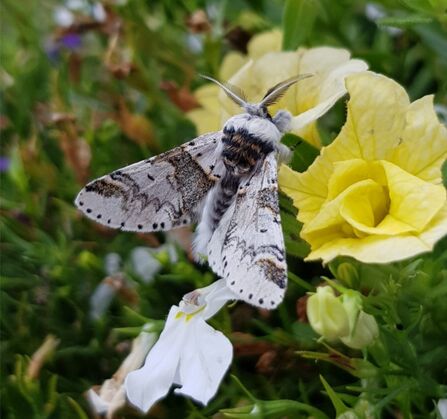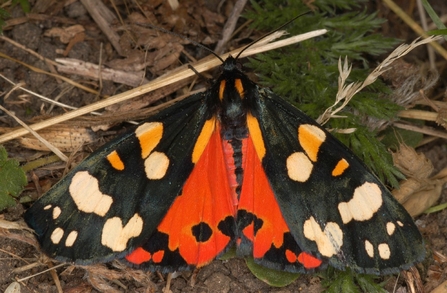What is brightly-coloured, has wings covered in cool patterns and a big long tongue that sucks nectar out of flowers? Not butterflies… I’m talking about marvellous moths!
Moths are a little misunderstood and very mysterious. Many people don’t realise that they are really important pollinators – drinking nectar from flowers, picking up pollen on their way and dropping it onto the next bloom – and though some species fly during the day, most moths are active in the dead of night so are rarely seen. But this doesn’t mean you have to live a moth-free life – there are lots of ways you can try to see them even after the sun goes down.




